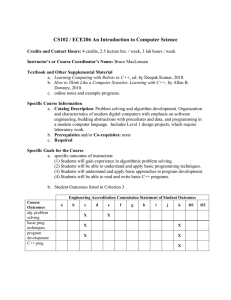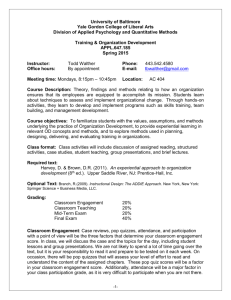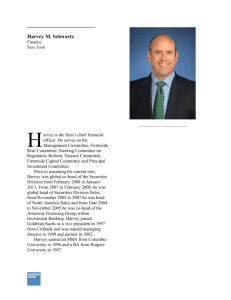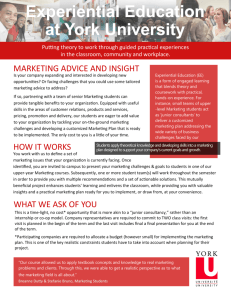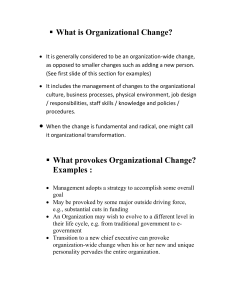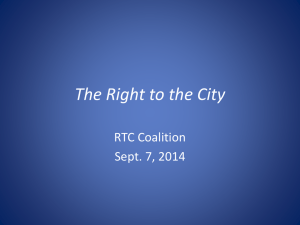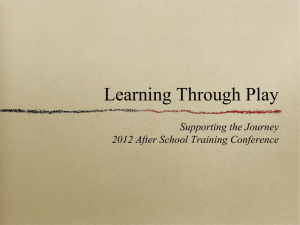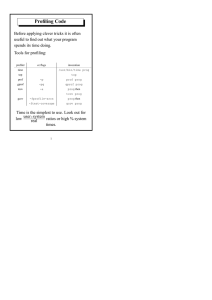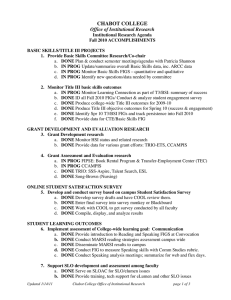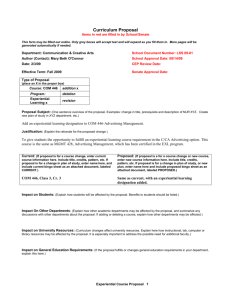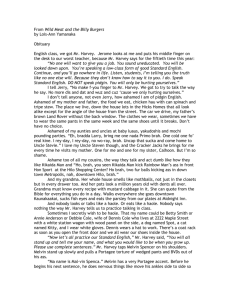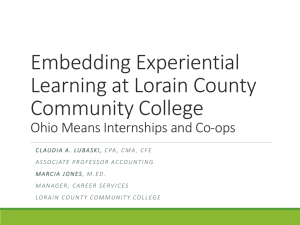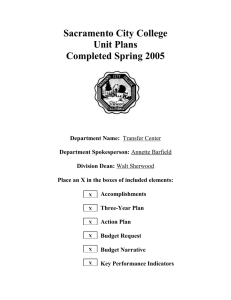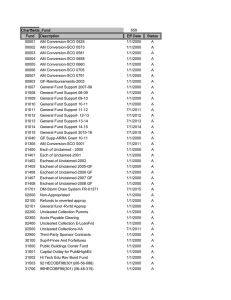CHPT 6 QUESTIONS TO CONSIDER
advertisement
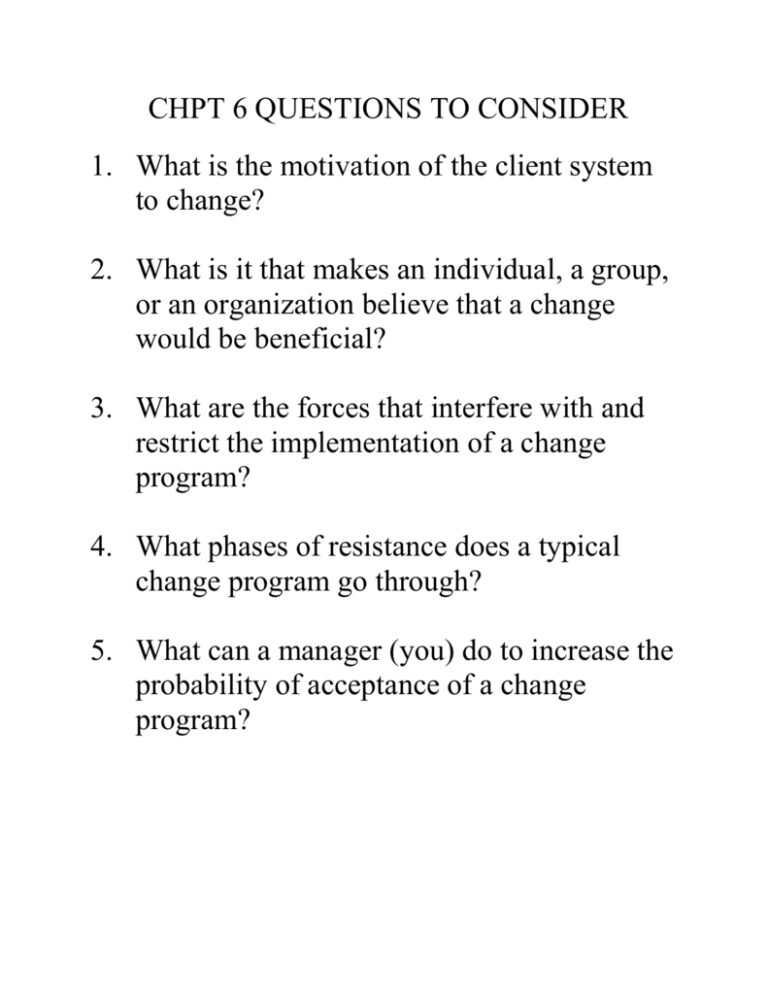
CHPT 6 QUESTIONS TO CONSIDER 1. What is the motivation of the client system to change? 2. What is it that makes an individual, a group, or an organization believe that a change would be beneficial? 3. What are the forces that interfere with and restrict the implementation of a change program? 4. What phases of resistance does a typical change program go through? 5. What can a manager (you) do to increase the probability of acceptance of a change program? LIFE CYCLE OF RESISTANCE TO CHANGE 1. Phase I - Only a few people see the need for change 2. Phase II - Forces for and against change become evident. 3. Phase III - Direct conflict/showdown between forces pro and con. 4. Phase IV - If supporters of change in power, remaining resistance seen as stubborn and nuisance. 5. Phase V - Resisters to change are few. Change Factors ©2001 by Prentice Hall, Inc. Harvey/Brown Experiential Approach to Organization Development 6/e 6-2 The Change Model 02001 by Prentice Hall, Inc. Harvey/Brown Experiential Approach to Organization Development 6/e 6-3 DRIVING FORCES TOWARD ACCEPTANCE OF CHANGE PROG. 1. Dissatisfaction with present situation. 2. External pressures toward change. 3. Momentum toward change. 4. Motivation by management. RESTRAINING FORCES BLOCKING IMPLEMENTATION OF CHANGE PROGRAMS 1. Uncertainty regarding change. 2. Loss of existing benefits. 3. Threat to position power. 4. Conformity to norms and culture. STRATEGIES TO LESSEN RESISTANCE 1. Education and communication. 2. Create a vision. 3. Participation of members in chge prog. 4. Facilitation and support. 5. Negotiation and agreement. 6. Leadership. 7. Reward Systems. 8. Explicit and implicit coercion. 9. Climate conducive to communications. 10. Power strategies.
